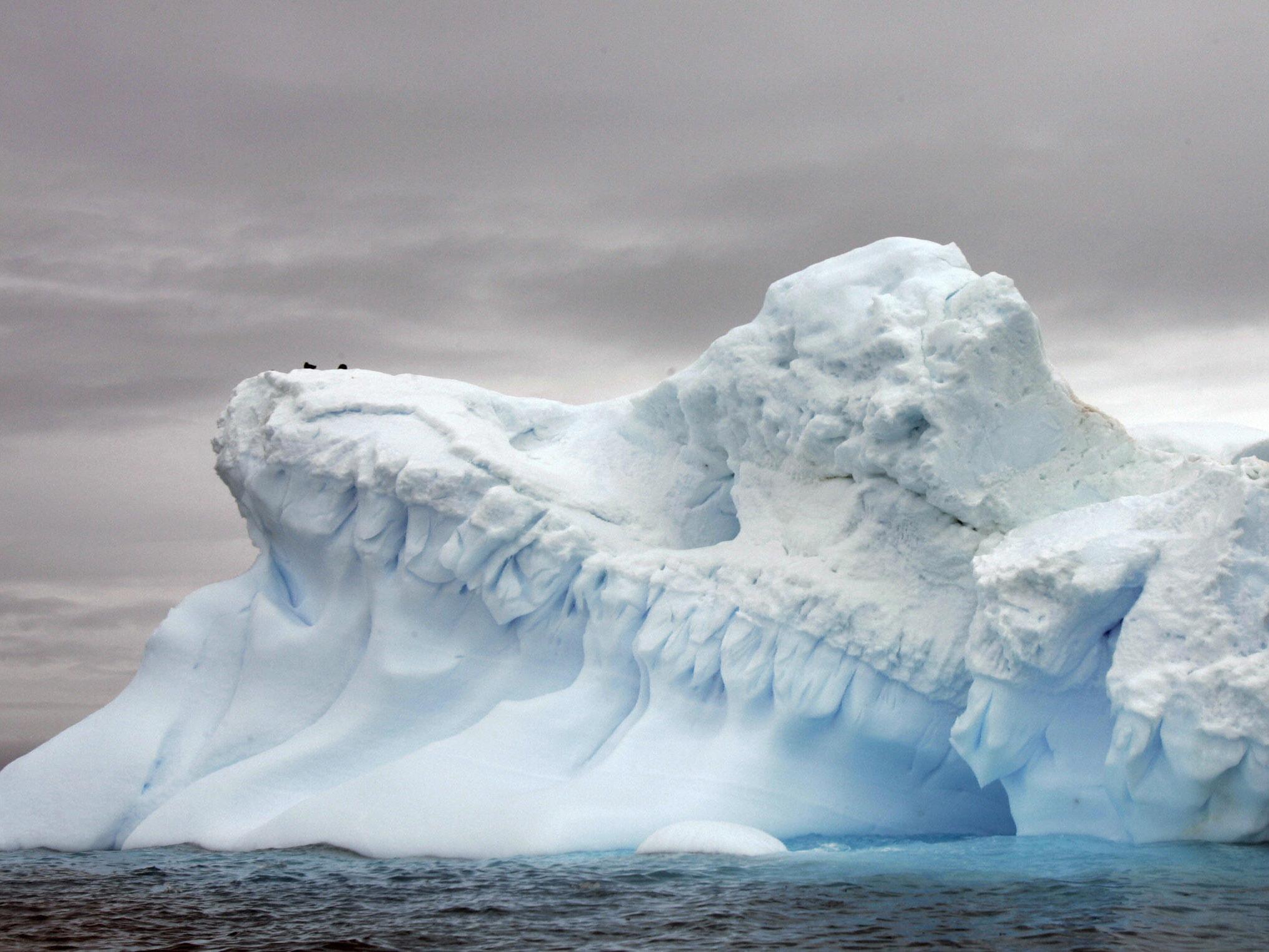Global sea levels could rise 'up to five metres' if certain Antarctic ice sheets melt
New evidence suggests East Antarctic glaciers are not as stable as scientists have long assumed, which 'has some worrying implications for future sea level changes'

Your support helps us to tell the story
From reproductive rights to climate change to Big Tech, The Independent is on the ground when the story is developing. Whether it's investigating the financials of Elon Musk's pro-Trump PAC or producing our latest documentary, 'The A Word', which shines a light on the American women fighting for reproductive rights, we know how important it is to parse out the facts from the messaging.
At such a critical moment in US history, we need reporters on the ground. Your donation allows us to keep sending journalists to speak to both sides of the story.
The Independent is trusted by Americans across the entire political spectrum. And unlike many other quality news outlets, we choose not to lock Americans out of our reporting and analysis with paywalls. We believe quality journalism should be available to everyone, paid for by those who can afford it.
Your support makes all the difference.An Antarctic ice sheet found to be less resistant to warming temperatures than previously thought could raise sea levels by as much as five metres if it melts, scientists have warned.
Ice sheets in Greenland and West Antarctica were known to be shrinking but the East Antarctic was thought to be far more stable.
However, in a new paper published in the journal Nature, a research team found the East Antarctic ice sheet has actually been sensitive to climate change for millions of years.
This instability could mean the ice sheet is more susceptible to current global warming than previously thought. Alarmingly, the sheet contains enough frozen water to engulf the world’s coastal cities, if it ever melted.
“We have evidence for a very dynamic ice sheet that grew and shrank significantly,” said Professor Sean Gulick, a geophysicist at the University of Texas Institute for Geophysics and one of the study’s authors.
The research team focused on Antarctica’s Sabrina Coast, collecting geophysical and geological data during the first ever oceanographic survey of the region.
“There is enough ice in our study region alone to raise global sea level by as much as 15 feet (5 metres),” said co-lead author Dr Amelia Shevenell, a researcher at the University of South Florida.
Their analysis showed the ice sheet had gone through a period of instability, but around six million years ago it stabilised and stopped producing vast quantities of melt water.
However, the concern is that as climate change raises air temperatures, the glaciers of the East Antarctic could return to their historical instability and begin melting again.
"A lot of what we are seeing right now in the coastal regions is that warming ocean waters are melting Antarctica's glaciers and ice shelves, but this process may just be the beginning," said Dr Shevenell.
"Once you have that combination of ocean heat and atmospheric heat – which are related – that's when the ice sheet could really experience dramatic ice mass loss."
"This has some worrying implications for future sea level changes," agreed British Antarctic Survey glaciologist Dr Hilmar Gudmundsson, who was not involved in the study.
Professor Andrew Shepherd, an Earth observation researcher at the University of Leeds who was also not involved in the study, said the research changes common perceptions of climate change in Antarctica.
“Evidence of past instability means that we should not think of the East Antarctic ice sheet as being immune to the effects of climate change, as people have tended to do,” he said.
However, he noted that the melting of the East Antarctic ice sheet is not inevitable.
“It doesn’t mean that we should expect future change, it just means we should not rule it out,” he said.
Nevertheless, this research is a valuable contribution to scientific understanding of climate change in polar regions.
"The past behaviour and dynamics of the Antarctic ice sheets are among the most important open questions in the scientific understanding of how the polar regions help to regulate global climate," said Jennifer Burns, director of the National Science Foundation Antarctic Integrated Science System Program.
"This research provides an important piece to help solve that massive puzzle."
Join our commenting forum
Join thought-provoking conversations, follow other Independent readers and see their replies
Comments